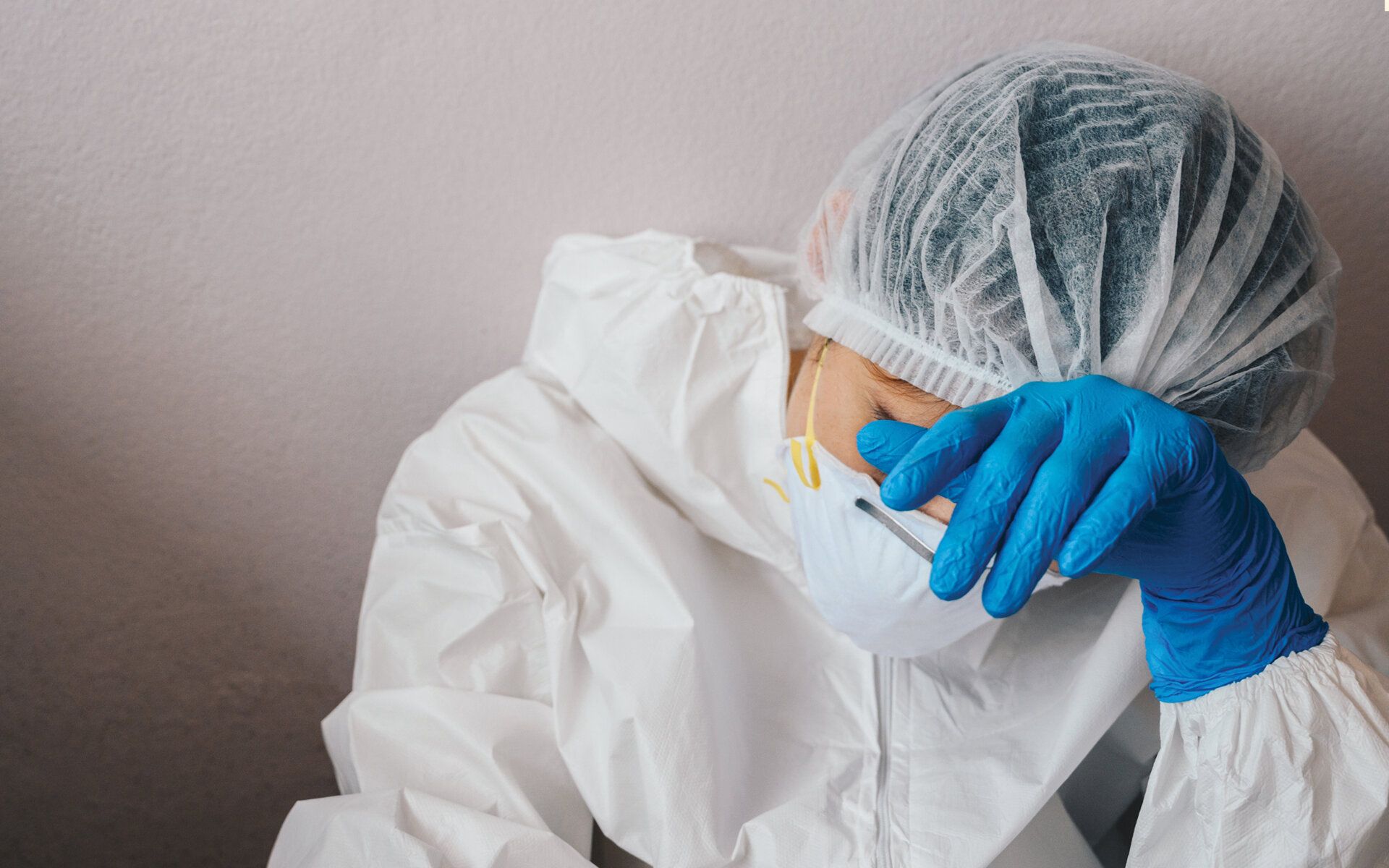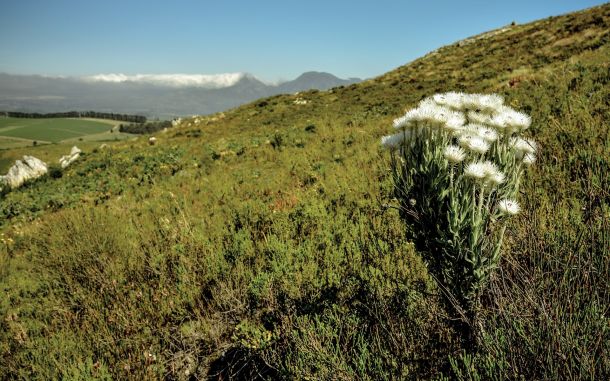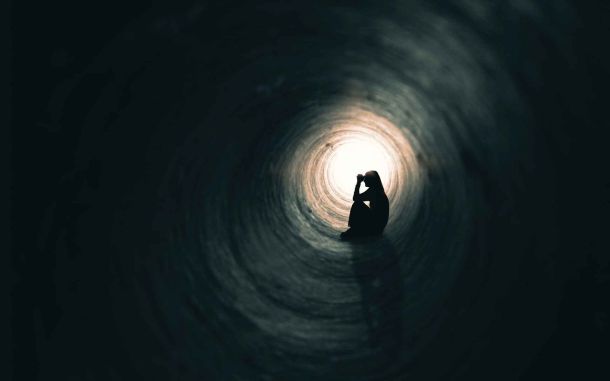A True Public Health Story

In This Article
-
Nearly 1 in three public health employees say they are considering leaving their organization within the next year ... More than half of public health employees report at least one symptom of post-traumatic stress disorder ... More than 9 in 10 employees say their work is important and they are determined to give their best effort every day.
-
I tell students when the pandemic hit we worked seven days a week for the first year. Six days a week the second year. And we’re hemorrhaging employees to better-funded health departments, to retirement pensions, to the private sector, to death. The students are staring at me.
“Nearly 1 in three public health employees say they are considering leaving their organization within the next year ... More than half of public health employees report at least one symptom of post-traumatic stress disorder ... More than 9 in 10 employees say their work is important and they are determined to give their best effort every day.”
“Rising Stress and Burnout in Public Health”, March 2022
In public health, we tell the story of a farmer who lives at the foot of a waterfall. One day, while working her fields, she spots a man struggling in the river downstream. She throws a line to pull him to safety. By the time he makes it to shore, he is near death.
The farmer tells her neighbors, "We must keep a close watch to rescue others who are swept over the falls." So they do.
Day after day, the farmer and her neighbors pull half-drowned people out of the water. They weave nets to cast across the river to catch the desperate swimmers. They keep blankets to warm them and medicines to nurse them back to health. When the water runs high and fast, they post watchers further downstream to catch any who slipped past the lookouts.
Though the villagers save many lives, they cannot save them all. Their efforts leave them weary and worn, with little time to tend to their fields.
"We must try something new," says the farmer. She climbs to the cliffs above the waterfall and, for some distance upstream, builds a fence along the water's edge.
From that day forward, no more swimmers are swept over the falls.
The moral of the story, and our guiding principle in public health, is that it is better to save lives upstream than to chase bodies downstream.
I wake in a dead sweat.
Two years into my department's COVID-19 response. Two years standing waist-deep in rushing water, weaving nets and counting the dead.
I tell my husband for the third morning in a row that I can't do it any more. I tell him -- this, for the first time -- that I am going to quit the public health job I fought for and believed in and, once upon a time, loved.
The pandemic beat me.
Time to move on.
He talks me off the ledge, but I promise myself that if things don't get better, I will leave the department I thought would be my home for the rest of my career.
I'm scheduled today to give a presentation to a small group of first-year medical students. An hour before, my mom tells me to watch what I say. "Don't go off on your doom-and-gloom talk,” she warns.
It's fine. I'll do it off the cuff.
"That's what I'm worried about," she says.
I put on my tweed blazer and log on. Twenty faces look back at me. The students smile and wave.
No teacher.
Am I going to run this session alone?
“What are we talking about today?"
Your life as a public health physician.
"And long is - how much time do I have?"
Ninety minutes.
"Um. Do you have questions for me?"
No.
According to my business card, I am the Medical Director of Public Health Preparedness. "Well," I say, "I am prepared for this --” but I’m not, obviously -- “and now it is the time to talk about my career."
I tell them that my department started the pandemic with a skeleton crew. We've operated for years in a hiring freeze, which means that any time we lose someone, their job responsibilities get distributed to one of us who stayed behind.
I tell them when the pandemic hit we worked seven days a week for the first year. Six days a week the second year. And we're hemorrhaging employees to better-funded health departments, to retirement pensions, to the private sector, to death.
The students are staring at me.
Oh God, I thought. This is exactly what Mom told me not to do.
But I can't stop.
So I tell them about in the early days of the pandemic when we killed ourselves trying to build the fences upstream -- distancing, masking, quarantining -- and were stymied at every turn.
I tell them about the downstream work I've been doing now that the fences at the top of the cliff got scrapped. I tell them how it brutalizes the public health soul to spend the whole pandemic casting nets to catch broken bodies that have already been swept over the waterfall.
I tell them how, at first, the members of our emergency operations center took turns waiting for the bathroom to cry. How it got easier when we went remote because you could crawl under the covers between calls.
I tell them this is what happens when you blow through a career's worth of passion in a single year. I thought it couldn't happen to me but it did.
After, like, 89 minutes, I stop for questions.
One student raises his hand and thanks me for coming. He announces he never, ever wants to join public health.
It breaks my heart, but I try to laugh it off.
I tell him I feel that way too sometimes. This job gets you hooked on the possibility, however remote, that you can help make things better in a big way. I reminisce about our mass vaccine sites, which I describe as "an eighth wonder of the world." I tell them about the surveillance systems we designed and built from scratch. About knitting our patchworked hospital systems together so they function as one.
And I end by telling the students that even if none of them go into public health, they can still help us work toward large-scale change. Every jurisdiction – state, county, tribal – relies on brilliant, community-driven physicians for ideas and expertise on the next public health threat.
So that's it.
Afterwards I call my supervisor and tell her I shouldn't be talking to medical students any more. “Maybe I should just quit,” I say, pretending it’s a joke. She gives me a sidelong look, not laughing.
And then there's something in my inbox from one of the medical students. He thanks me for my talk. Says it reminded him of why he's in medical school in the first place: to tackle huge problems, broker meaningful partnerships, help the vulnerable. He says after my talk he’s going to go into public health.
Well, I broke even. Lost one, got one.
A couple weeks later, my supervisor tells me she’s putting in her notice. She got an offer from the private sector that promised her resources for upstream work.
What can I say?
I want to tell her about the bottomless love I feel for her and everyone on our team, the ones who have been in it together from the beginning – the ones who have blown through their breaking points time after time but somehow still keep the faith.
Instead I tell her I understand. That the fight won’t be the same without her.
And then, like true believers, we start talking about plans for new fences to pitch upstream.
Lisa Villarroel, MD MPH, is the Medical Director of the Division of Public Health Preparedness at the Arizona Department of Health Services. The views expressed are her own and do not necessarily represent the views of the Department. Her brother, Matthew Jager, is a public health writer.
References
- de Beaumont. Rising stress and burnout in public health: Results of a national survey of the public health workforce stress and burnout. March 2022 (https://debeaumont.org/wp-content/uploads/dlm_uploads/2022/03/Stress-and-Burnout-Brief_final.pdf)









